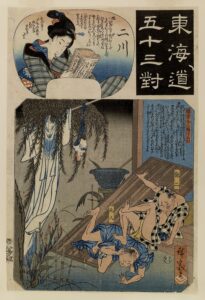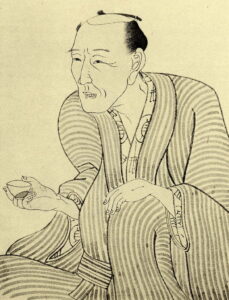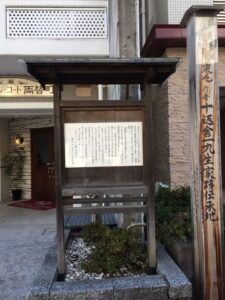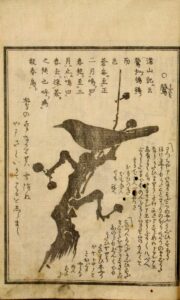Episode 552 – The Road Less Taken
Manage episode 448009137 series 1755874
This week: what can we learn about the past if we look not at elite literature, but at the lowbrow faire of the masses? We’ll explore this question using one of the most popular works of its day: Tokaidochu Hizakurige.
Sources
Jippensha, Ikku. Shank’s Mare: Japan’s Great Comic Novel of Travel and Ribaldry. Trans. Thomas Satchell.
Shores, Matthew W. “Travel and ‘Tabibanashi’ in the Early Modern Period: Forming Japanese Geographic Identity.” Asian Theatre Journal 25, no. 1 (2008)
Fabricand-Pearson, Nicole. “The Tōkaidō Road: Journeys through Japanese Books and Prints in the Collections of Princeton University.” The Princeton University Library Chronicle 73, no. 1 (2011)
Toshikazu, Shinno, and Laura Nenzi. “Journeys, Pilgrimages, Excursions: Religious Travels in the Early Modern Period.” Monumenta Nipponica 57, no. 4 (2002)
Images





10 つのエピソード




